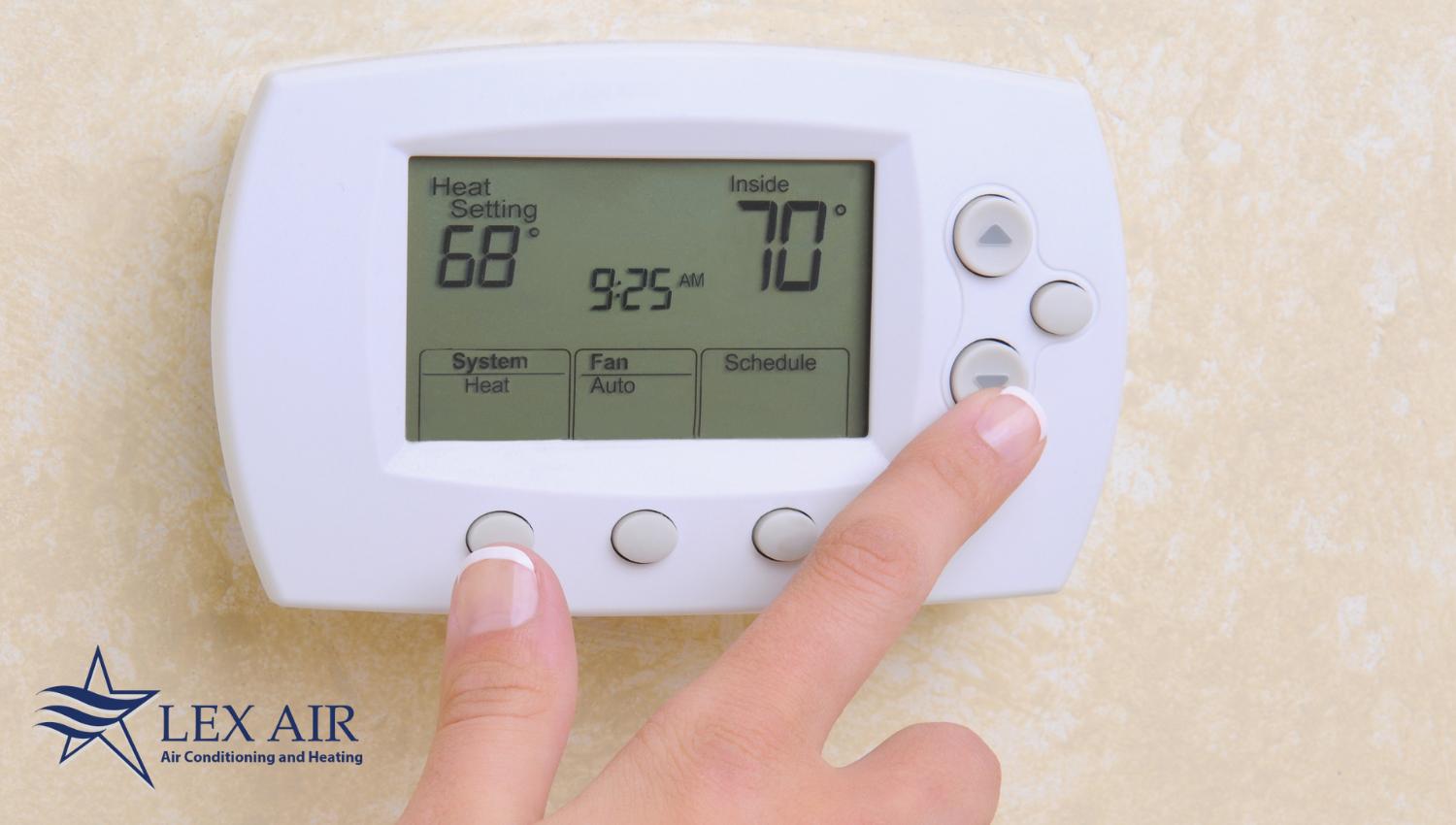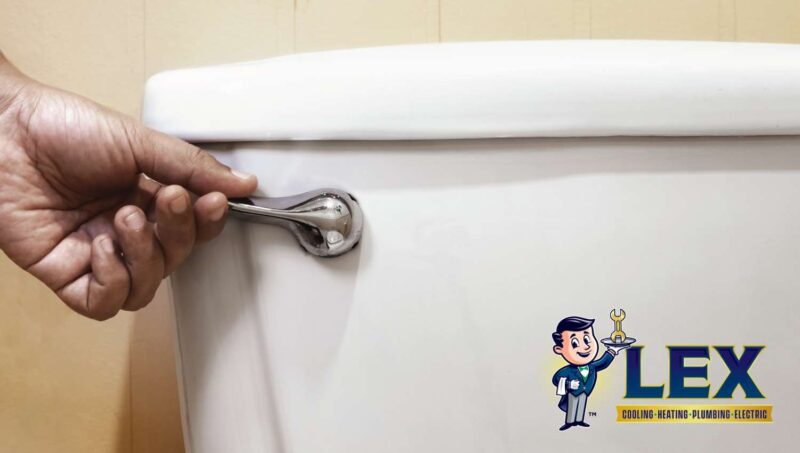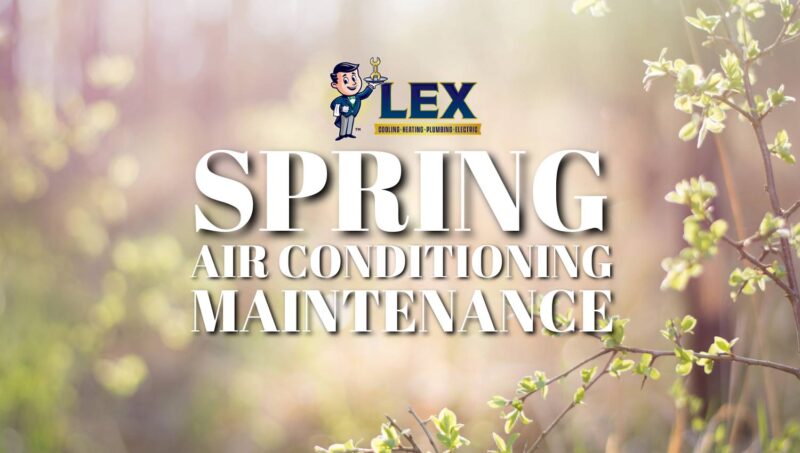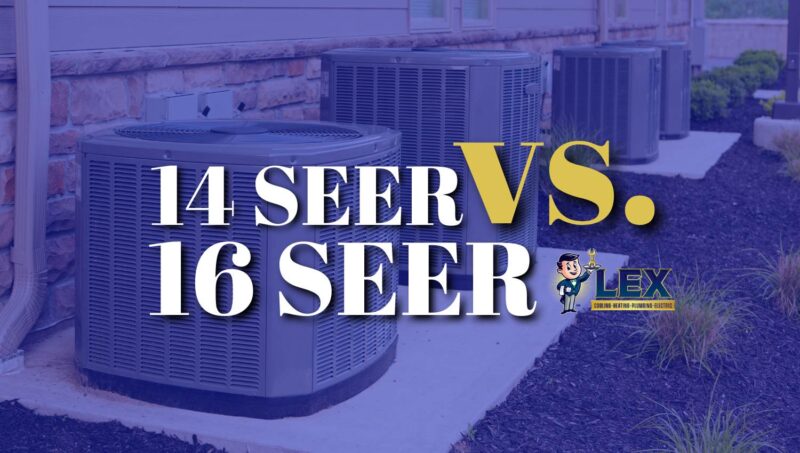Thermostat settings during winter play a crucial role in balancing comfort and energy savings. The key lies in finding the optimal indoor temperature that ensures comfort without excessively increasing energy bills. With the right winter thermostat setting, homeowners can maintain a cozy living environment while also being energy-efficient. This is particularly important as heating costs constitute a significant portion of winter utility expenses.
Optimizing thermostat settings involves determining the best temperature to set that strikes a balance between the need to stay warm and the desire to conserve energy. The ideal temperature is one at which residents feel comfortable without needing to layer excessively indoors, yet it is low enough to prevent the heating system from overworking.
When the winter season is upon us in Flower Mound, Texas, the last thing you want to worry about is massive heating bills due to the cooler temperatures. Use this guide to optimize your thermostat for your home’s winter heating needs.
Understanding Your Thermostat
Thermostats play a pivotal role in controlling a home’s heating and cooling system, directly influencing energy efficiency. Manual thermostats, while simple, require constant human intervention to adjust the home’s temperature, often leading to less efficient energy use. Programmable thermostats offer a more energy-efficient solution by allowing homeowners to set specific temperatures for different times and days, ensuring the system operates only when necessary. This can significantly reduce energy consumption, especially during periods when the house is unoccupied.
The most advanced option, smart thermostats, take efficiency a step further. They not only have the features of programmable thermostats but also learn from the homeowner’s schedule, make adjustments based on occupancy or weather, and can be controlled remotely via smartphones. This optimizes energy use and can lead to substantial savings.

What is a Good Temperature to Set the Thermostat to in the Winter?
In winter, the best thermostat setting for comfort and cost-effectiveness varies between daytime and nighttime. The recommended thermostat settings during the day, when the home is occupied, is typically around 68 degrees Fahrenheit. This thermostat temperature is widely considered a balance between comfort and energy efficiency. It is warm enough to keep residents comfortable while minimizing the strain on the heating system, thereby saving money on energy bills.
For nighttime or when the home is unoccupied, it is recommended to set your thermostat even lower. The U.S. Department of Energy suggests lowering the temperature by 7-10 degrees from your daytime setting. This means setting the thermostat to around 58 to 61 degrees Fahrenheit during these times. This reduction in the winter thermostat settings ensures a comfortable and cost-effective environment, balancing the need to stay warm with the desire to save money on heating costs.
The Impact of Outside Temperature
External weather conditions can have a significant impact on your thermostat setting, as the difference between indoor and outdoor temperatures affects how hard your heating system has to work. During extremely cold spells, for instance, the heating system needs to operate more frequently to maintain a comfortable indoor temperature. On milder winter days, the system doesn’t have to work as hard.
To manage sudden temperature changes, it’s important to adjust your thermostat setting in response to these fluctuations. On warm winter days, lowering the thermostat setting a few degrees can save energy and money, as the heating system won’t need to compensate as much for the outdoor temperature. However, during a sudden cold snap, it might be necessary to increase the thermostat setting slightly to maintain comfort.
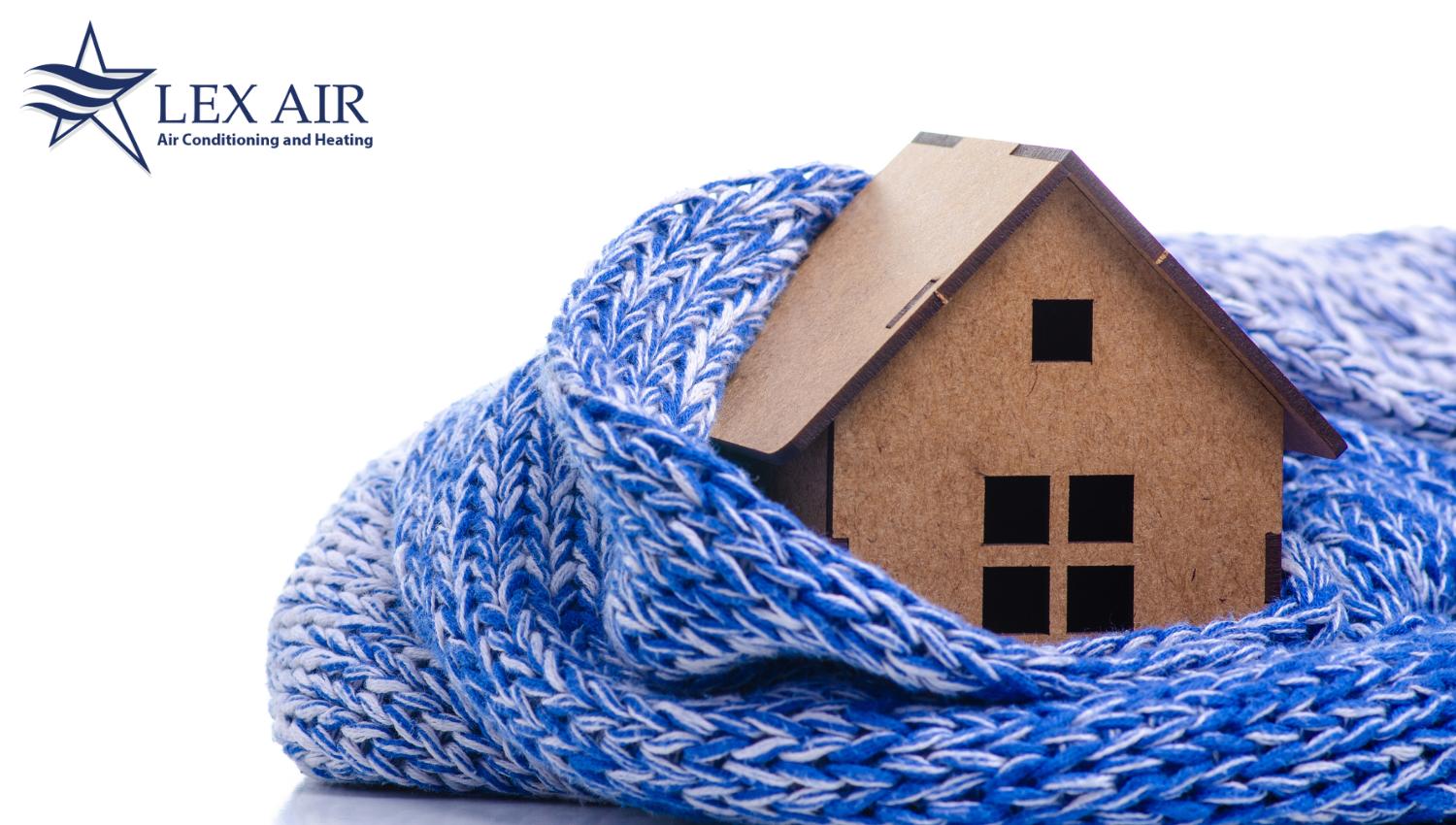
Ways to Optimize Your Thermostat and Heating System
Setting a Schedule
Most modern HVAC systems are connected to a programmable or smart thermostat, which allows you to set a schedule instead of making manual adjustments to the temperature. You can easily set a comfortable temperature for the times you’re typically at home and allow the heating system to operate more infrequently when you’re away or asleep to reduce energy waste.
Once again, during the winter season, the recommended setting for a heating system is around 68 degrees when you’re home and about 55 degrees when you’re away from the house. If you don’t mind it feeling a bit cooler, you can drop the at-home temperature by a few degrees to continue to lower your heating bill.
Programmable Thermostat and Smart Thermostat Options
If you’d like to further optimize your HVAC settings, consider upgrading to a smart thermostat. These units are connected to your home’s Wi-Fi network, giving you access and control from anywhere as long as you have your smart device available. Smart thermostats also come with built-in features that can monitor your habits and track usage. From there, your unit can use the data to make subtle adjustments that help you save energy while maintaining a comfortable indoor atmosphere.
A smart thermostat is also beneficial if you travel frequently or spend long periods of time away from home. If you forget to adjust the schedule when you leave for a few days, you can open the app on your smartphone and switch your thermostat to vacation mode. During extreme temperatures, a connected thermostat provides a practical solution to the problem of managing indoor comfort while keeping your bills from spiking.
For more information about optimal thermostat settings or about adding a smart thermostat to your HVAC system, contact Lex Air Conditioning and Heating at (972) 217-8955.
Regular Heater Maintenance
Regular HVAC maintenance is crucial for optimizing your thermostat and heating system and controlling heating costs. This is because a well-maintained HVAC system operates more efficiently, using less energy to heat your home. This efficiency is key to reducing your energy bill, as a system that’s in top condition doesn’t have to work as hard to maintain the desired indoor temperature.
As such, neglecting regular HVAC maintenance can lead to decreased energy efficiency, as the system may struggle to circulate air and maintain the set temperature, consuming more energy as a result. This increased energy usage not only leads to higher utility bills but can also shorten the lifespan of the HVAC system.
Routine heating tune-ups, such as cleaning or replacing filters, checking thermostats, inspecting ductwork, and ensuring the heating system is free from obstructions, help maintain optimal performance.
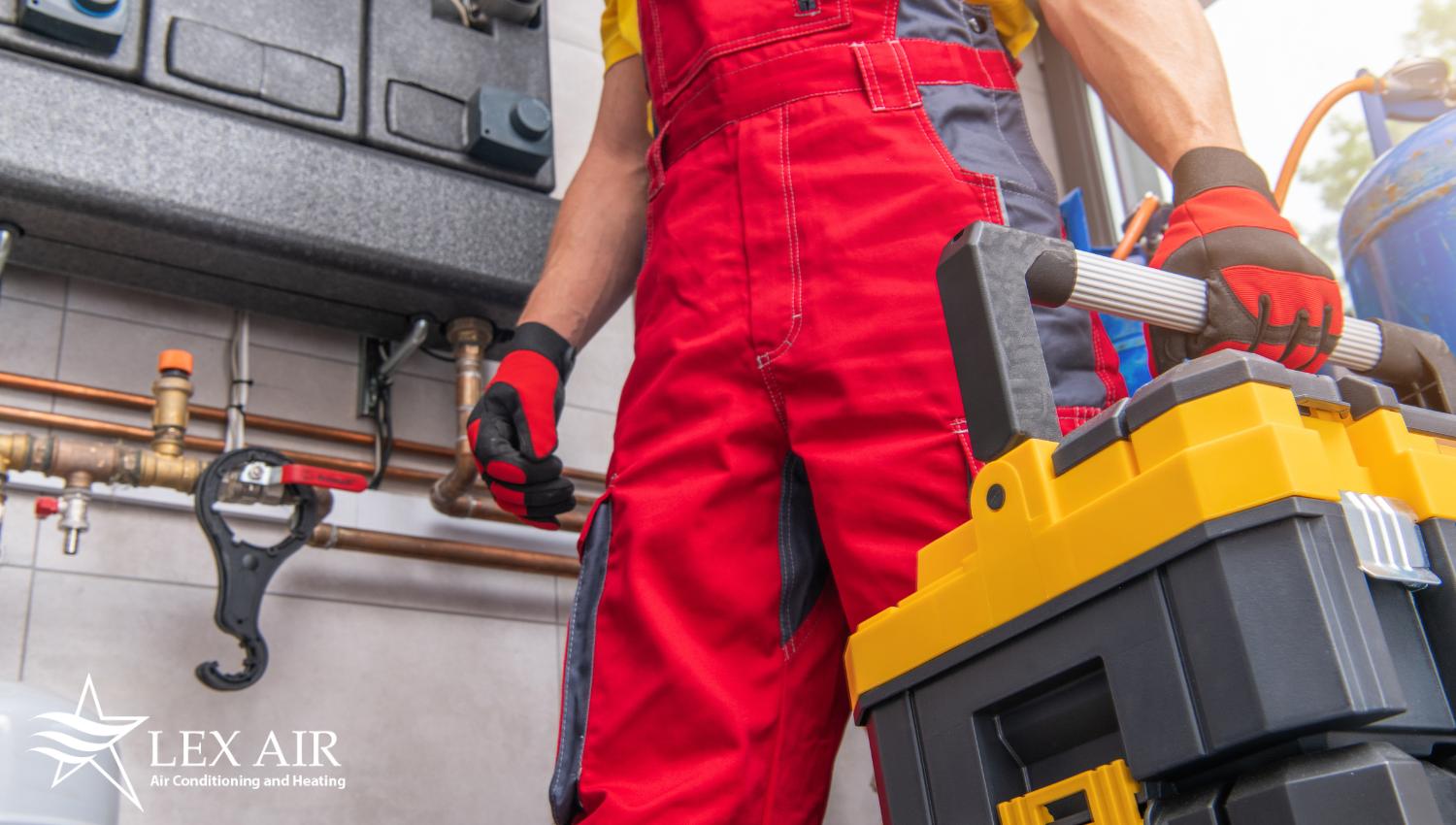
Additional Tips for Winter Comfort and Efficiency
Utilizing alternative heating sources like fireplaces and space heaters, along with proper insulation and weatherproofing, can also help in maintaining consistent indoor temperatures while reducing reliance on the central heating system. Fireplaces can provide significant warmth to a living area, creating a cozy environment on cold days. Space heaters are effective in heating individual rooms, allowing for targeted warmth where it’s needed most.
Complementing these heat sources with thorough insulation and weatherproofing of your home – such as sealing windows and doors and insulating walls and attics – helps to retain heat and prevent cold drafts. This combination of strategies can lead to more efficient heating, reduced energy usage, and ultimately, lower energy costs.
Safety Considerations
To prevent freezing pipes and other hazards during cold spells, it’s important to maintain safe temperature settings in your home. Typically, keeping your thermostat set to at least 55 degrees Fahrenheit, even when you are away, can help prevent pipes from freezing.
When using additional heating systems like space heaters or fireplaces, it’s crucial to ensure that thermostats are adjusted appropriately to avoid overheating and to maintain a safe, consistent temperature. Always follow the manufacturer’s guidelines for any heating system and ensure that your home’s insulation and ventilation are adequate to support these devices safely and efficiently.
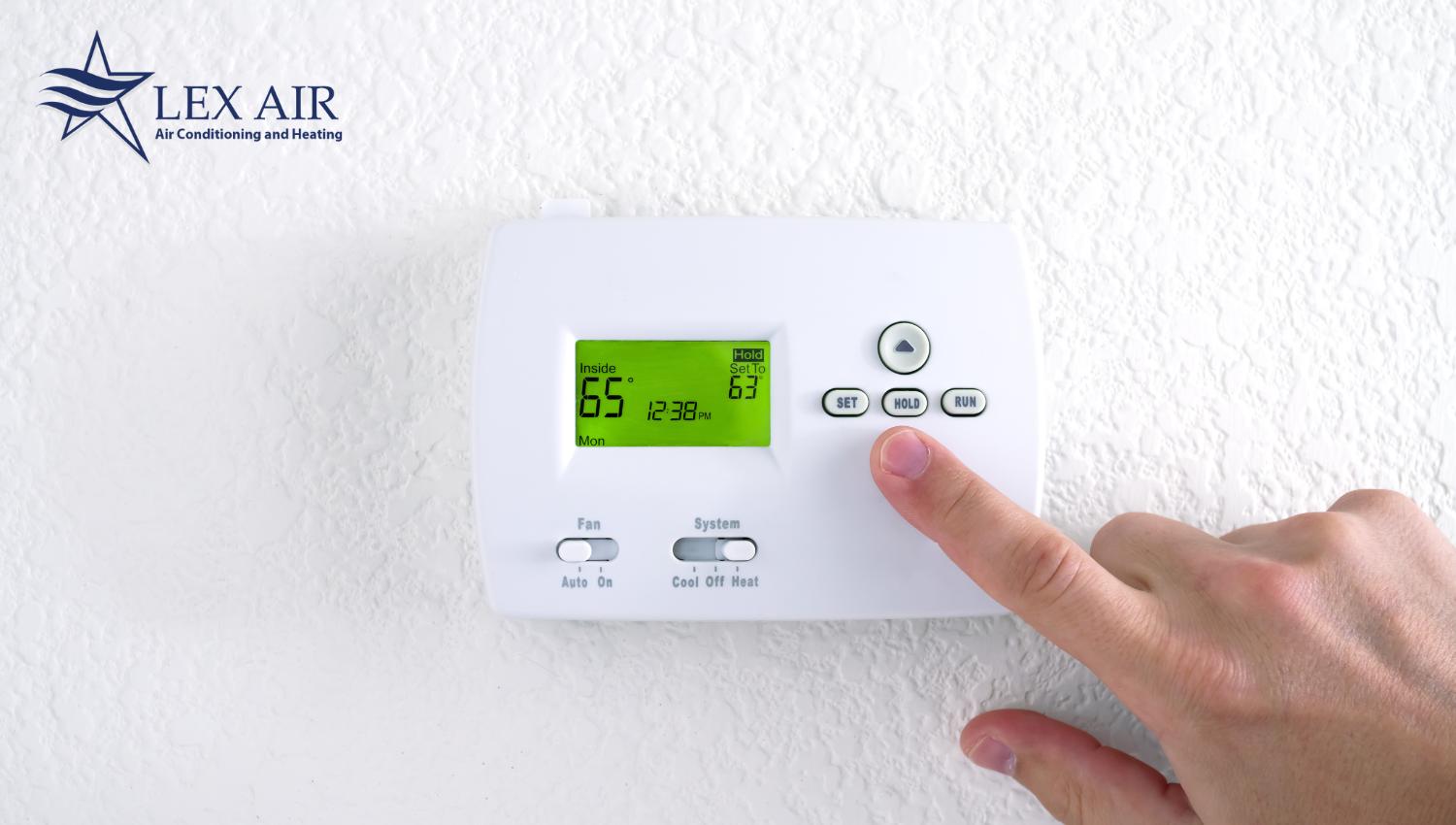
Heating Problems? Call Lex Air Conditioning and Heating Today
As colder weather approaches, optimizing your thermostat’s temperature setting is key to maintaining comfort and efficiency in your home. At Lex Air Conditioning and Heating, we understand the importance of a well-regulated home environment. Our team of Flower Mound heating professionals is ready to provide you with tailored solutions to ensure your heating system operates at its best.
Don’t let the chill of the season affect your comfort; contact Lex Air Conditioning and Heating today to learn more about optimizing your thermostat settings and embracing a warmer, more energy-efficient winter. You can reach us by calling (972) 217-8955 or contact us online today.

